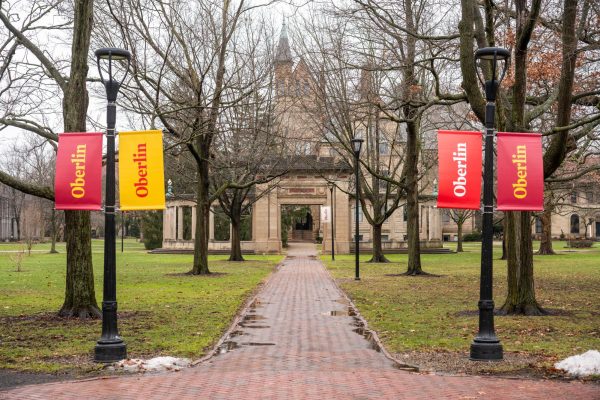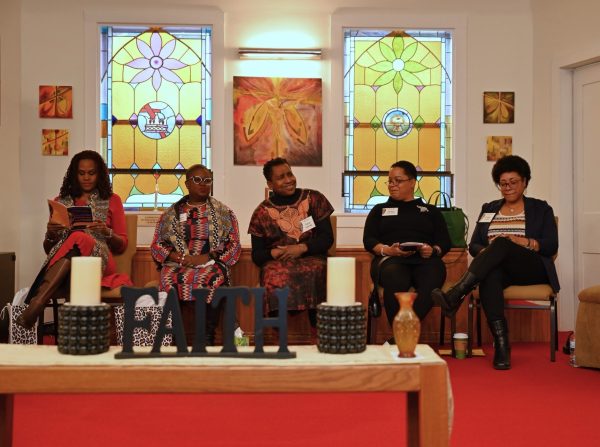Moody’s Affirms Oberlin’s Strong Credit Rating, Negative Outlook
Moody’s Investors Service, a credit rating agency which ranks the creditworthiness of borrowers, released a report earlier this week that affirmed Oberlin College’s Aa3 credit rating with a negative outlook. The rating system is used by potential investors to estimate the probability that a loan will be paid back.
Oberlin was downgraded from an Aa2 rating in November 2015 and has maintained the Aa3 rating since. Aa3 is considered “high quality and very low credit risk,” and is the fourth highest rating that Moody’s assigns.
“Oberlin College’s Aa3 rating reflects its strong financial profile and nationally recognized brand,” the report reads. “Favorable student demand will continue to be supported by its highly regarded academic reputation for both its liberal arts programs and music conservatory. However, competitive challenges will continue to suppress pricing flexibility and net tuition revenue growth.”
Oberlin has had a negative outlook since October 2017, when it was downgraded from stable. This means that, without an institutional shift, Oberlin’s rating could decline further in the future.
“The negative outlook reflects our expectations of constrained revenue growth and continued market challenges,” Moody’s report reads. “A return to stable outlook could result from successful execution of the College’s articulated strategy to sustainably reduce expenses, coupled with achievement of enrollment and net tuition revenue targets for fiscal 2020 and fiscal 2021.”
The report also mentioned Oberlin’s “sizable wealth” and “robust philanthropic support” as the rationale for the College’s relatively strong rating. Moody’s highlighted “actions to reduce [Oberlin’s] endowment spend rate and improve the College’s operating performance through cost reductions,” referring in part to the ongoing Academic and Administrative Program Review, which will submit its recommendations to President Carmen Twillie Ambar at the conclusion of this semester.
Moody’s analysis echoes the message from both Ambar and the AAPR steering committee — if action is not taken now to address Oberlin’s budget challenges, the College could face a serious financial crisis in only a matter of years.
Vice President for Finance and Administration Rebecca Vazquez-Skillings generally agrees with the assessment.
“I believe Moody’s report gives proper acknowledgment of our current cash and investments balanced by discussion of recent challenges with financial growth related to our reliance upon net student revenue,” Vazquez-Skillings wrote in an email to the Review. “They acknowledge that our challenges require action.”
Despite these challenges and the assigned negative outlook, Oberlin’s credit still stands out among its peers in the Great Lakes Colleges Association. For example, Denison University has been assigned Aa3, the same as Oberlin’s current status, since March 2004; The College of Wooster, Kenyon College, and DePauw University, among others, have lower ratings.
Vazquez-Skillings highlighted that Oberlin’s negative outlook is representative of larger concerns in higher education. She added that she expects the College’s outlook to improve in the future.
“Moody’s assigned a negative outlook for higher education as an industry a few years ago based on concerns of expenditure growth outpacing revenue growth and later revised Oberlin College’s outlook to negative in 2017,” Vazquez-Skillings wrote. “We do expect a return to a stable outlook following the implementation of a variety of cost reduction strategies to support financial sustainability and strategic investment in attractive programming for current and prospective students that will strengthen revenues.”







